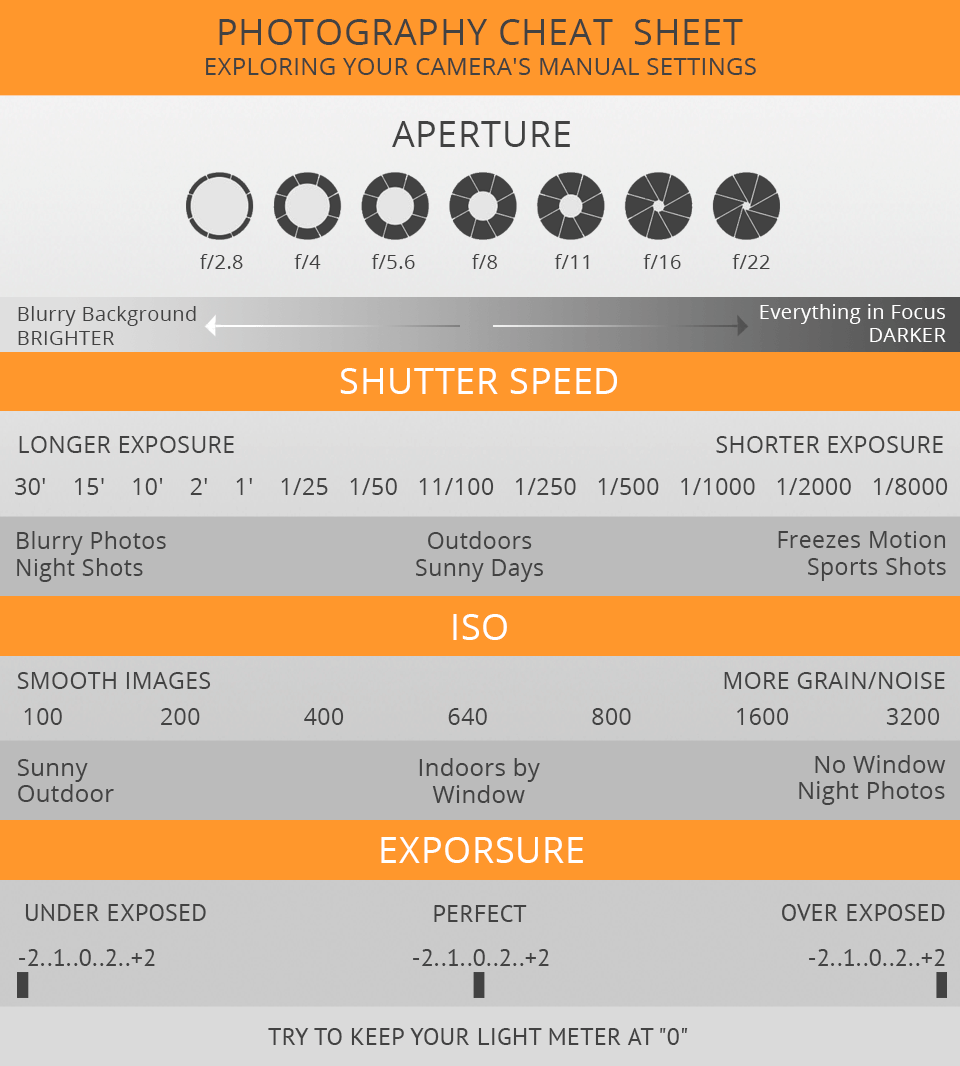Digital Photography Tips For Beginners: Understanding Your Camera Quickly
Digital Photography Tips For Beginners: Understanding Your Camera Quickly
Blog Article
Material By-Whitley Elmore
When you initially pick up your camera, it can feel frustrating with all the setups and choices readily available. You may find yourself asking yourself just how to navigate aperture, shutter speed, and ISO successfully. Grasping these principles is crucial, but there's more to digital photography than just technical knowledge. Recognizing structure techniques and lighting problems can elevate your pictures drastically. So, what if you could learn easy methods to enhance your abilities and begin recording remarkable pictures quicker than you think? Allow's discover exactly how to change your photography journey.
Comprehending Video Camera Settings
Recognizing your electronic camera settings is critical for catching sensational pictures. When you grab your video camera, acquaint on your own with the three main setups: aperture, shutter rate, and ISO. Each plays an essential role in just how your photos end up.
Beginning with aperture, which controls the amount of light entering the lens. A bigger aperture (reduced f-number) lets in extra light and produces a beautiful history blur, perfect for pictures. Conversely, Professional corporate headshot photographer (greater f-number) keeps more of the scene in emphasis, perfect for landscapes.
Next, concentrate on shutter speed. https://writeablog.net/jamel031sharita/contrasting-popular-cameras-which-one-is-ideal-for-you out how much time your electronic camera's sensor is exposed to light. A fast shutter speed freezes motion, which is terrific for action shots, while a slow shutter speed can produce spectacular results like smooth water in landscapes.
Last but not least, change your ISO. This setup affects your electronic camera's sensitivity to light. A higher ISO serves in low-light scenarios however can introduce sound or grain. Aim for the most affordable ISO feasible while still achieving appropriate direct exposure.
Structure Techniques
When you're out shooting, composition can make all the distinction in just how your photos resonate with viewers. Beginning by using the guideline of thirds; imagine your structure split right into 9 equal areas with 2 straight and 2 upright lines. Setting key elements along these lines or at their junctions to create balance and rate of interest.
Next off, take into consideration leading lines. These all-natural lines in your scene, like roads or rivers, attract the viewer's eye right into the photo, assisting them via the story you're telling.
Don't forget mounting; use components within your scene, like trees or home windows, to develop a framework around your topic, adding depth and focus.
Additionally, watch on your history. A chaotic background can sidetrack from your main topic, while a simple one helps it stand apart.
Finally, explore proportion and patterns; they can produce a striking picture that captures attention.
Learning Illumination Issues
Mastering lighting problems is essential for catching stunning photos, as the appropriate light can change an ordinary scene into something amazing.
Beginning by observing natural light at different times of the day. Mornings and late afternoons provide the best light, called the gold hour. The soft, cozy tones during these times can improve your pictures beautifully.
Do not shy away from https://blogfreely.net/lelah5hershel/photographers-often-forget-crucial-basics-that-can-hinder-their-development ; diffused light can decrease severe darkness and produce a pleasing result, particularly for portraits.
Experiment with backlighting by placing your subject against the light. This strategy can develop a fanciful halo result and include depth to your pictures.
Pay attention to your cam setups as well. Readjust the ISO, aperture, and shutter rate to suit the lighting problems. A greater ISO can assist in reduced light, but beware of grain.
Make use of a tripod in darker environments to avoid blur.
Finally, don't neglect synthetic lighting. Flash and continuous lights can be terrific devices for managing light in tough conditions.
Final thought
In conclusion, understanding your video camera doesn't have to be frustrating. By comprehending your setups, applying structure techniques, and using the power of natural light, you'll promptly raise your digital photography skills. Keep in mind, practice makes excellent, so get out there and trying out your newly found understanding. With time and commitment, you'll be capturing spectacular images that mirror your one-of-a-kind viewpoint. Take pleasure in the journey, and don't forget to enjoy while you're at it!
